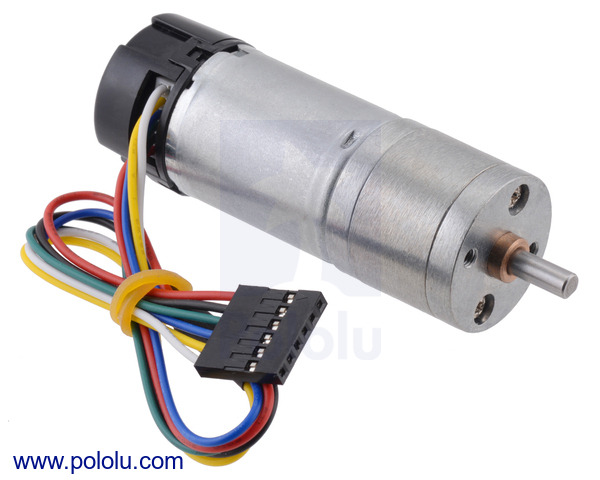Mission code in Python for Keio Wolve'Z CanSat project 2023
-
Microcomputer
- Raspberry Pi 4B
-
Sensors
Sensor Products image Camera Raspberry Pi Camera Module V2 
Communication Module ES920LR 
GPS module GYSFDMAXB 
Accelaration Sensor BNO055 
Motor 75:1 Metal Gearmotor 25Dx69L mm HP 6V with 48 CPR Encoder Motor Driver TB6612FNG 
Firstly, you need to clone this repository
git clone [email protected]:Toshiki-Keio/wolvez2022.git
1. OpenCV
OpenCV is necessary for implimenting image processing in order to recognize following target.
Go to setup folder and run inst_opencv.sh to install opencv.
sudo bash inst_opencv.sh
Check in python if you successflly installed opencv or not
import cv22. GPS Setup
The proposed robot orients itself by GPS. Run setup_gps.sh in terminal. (in setup folder)
sudo bash setup_gps.sh
3. I2C Setup
I2C is one of the ways of serial communication. This is necessary for BNO055 (acceralation sensor). Run setup_i2c in terminal. (in setup folder)
sudo bash setup_i2c.sh
4. Install Libraries
If you want to run mission code, run Testcode/EtoE/main.py.
However, you need to install some libraries to run this code without any error.
Run requirements.sh in terminal. (in setup folder)
sudo bash requirements.sh
5. Access Point Setup (Additional)
if you want to use Raspberry Pi remotely in No Wi-fi environment, you may want to use your Rasberry Pi as Wi-fi access point. Then go to setup/ap and run setup_ap.sh
sudo bash setup_ap.sh
Once you activate access point, you cannot connect your Raspberry Pi to other Wi-fi networks. So you can turn it off by running ap_off.sh.
If you want to re-activate, then, run ap_on.sh
- Project manager
Hayashide Kzuyuki - Software (★: Part leader)
★Masato Inoue - Hardware (★: Part leader)
★Shingo Murayama, Arisa Shindo, Yukino Ota - Circuit (★: Part leader)
★Shingo Murayama

